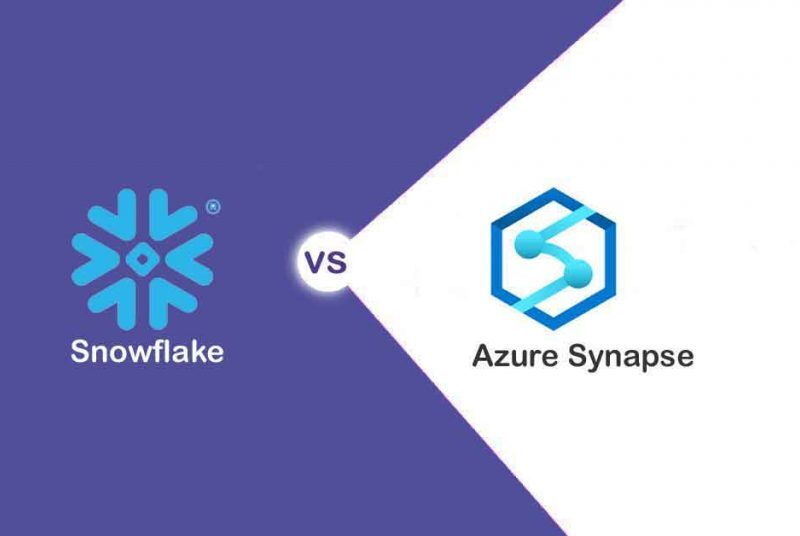
Snowflake Vs. Azure Synapse – Which You Should Choose for Your Data Warehouse Modernization
As the saying goes, data is the new oil of the economy. Getting insights from the data has become the bread and butter for organizations to survive in this highly competitive and data-driven economy. However, only data cannot help you to get insights. You need to have a robust data management architecture in your organization. New features are being introduced in the data world, such as self-service insights, real-time analytics, data lake warehouse, data mesh, etc. Migrating your current data architecture to a cloud data warehouse is the first and foremost step towards digitalizing your organization. It is the prerequisite of developing a data-driven organization.
Let’s look at some most popular cloud data warehouses available in the market – Snowflake, Azure synapse Analytics, Oracle, and Yellowbrick. Here in this blog, we will compare Snowflake and Azure Synapse. We will shed some light on their pros and cons compared to each other. We will find out which cloud data warehouse would be the best option for your data architecture.
Snowflake
Snowflake offers flexible data warehouse-as-a-service solutions to organizations. It offers three scalable layers for big data – compute, storage and services. The data stored in Snowflake architecture is automatically managed. Below are some key differentiating factors of Snowflake data warehouse architecture.
- It can help the users to create a multi-cluster data architecture.
- It enables the team members to share the data with their team members without any issues, whether they are Snowflake customers.
Azure Synapse
Azure Synapse is a consolidated cloud platform that offers data governance, data management integrations, and data security services. It takes care of data storage, processing, and analysis of the data. Moreover, it enables users to integrate the Azure ML and Power BI to immediately get insights from the data.
Here are some differentiators of Azure Synapse
- It takes no time to connect and install Azure Synapse to data lakes
- Users can integrate Github easily
- Azure synapse costs 94% less compared to other cloud data solutions.
Undoubtedly, both the cloud data warehouse solutions offer unparalleled data management, security, and analysis to the organizations. However, we have highlighted some differences between these two so that you decide which one is the best for you.
- Snowflake is a SaaS-based solution built on AWS, Microsoft Azure, and Google Cloud options. On the other hand, Azure Synapse is a PaaS solution with a free Azure Synapse workspace environment that integrates multiple Azure resources such as Azure Data Factory, Azure ML, Azure AD, and Power BI.
- While these two solutions use SQL databases, they follow different approaches to compute resources. Snowflake decouples the compute resources. Users can ingest the data and make the query in the datasets without any concerns related to the performance.
When it comes to Azure, there is a different process. SQL commands are processed over multiple nodes depending on the required performance level. It does not have any automatic pause feature, but you can pause the dedicated SQL manually with the API function. Snowflake offers a pay-as-you-go model, while the Azure synapse offers hourly billing services.





No Comment